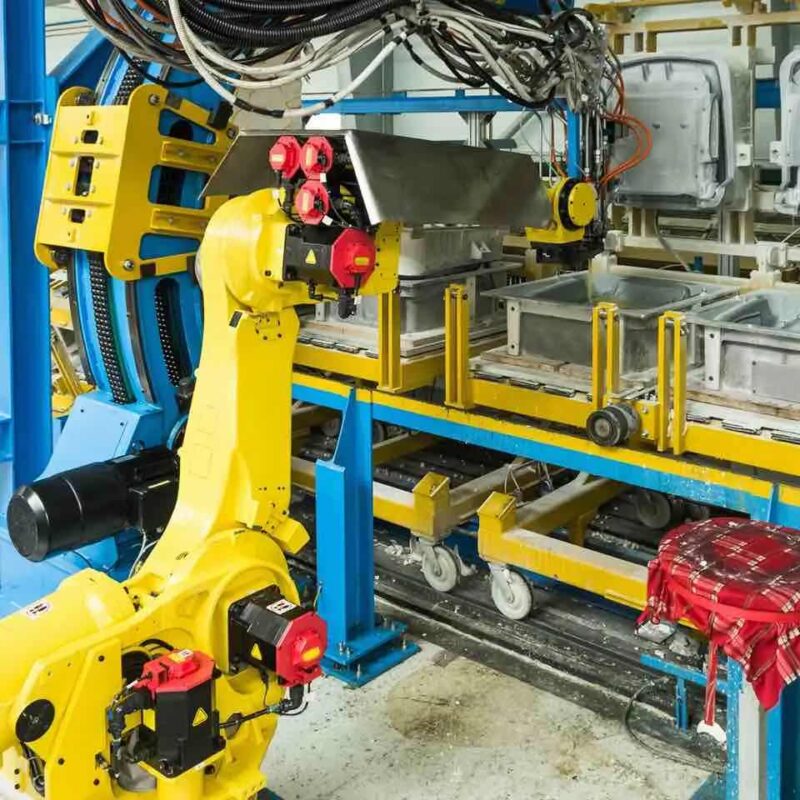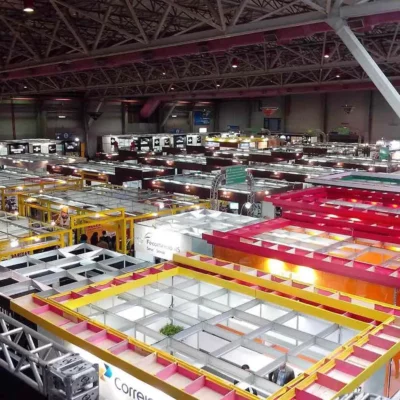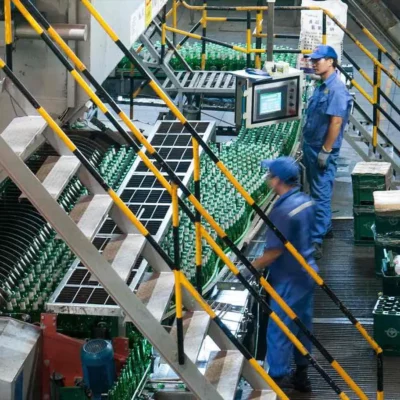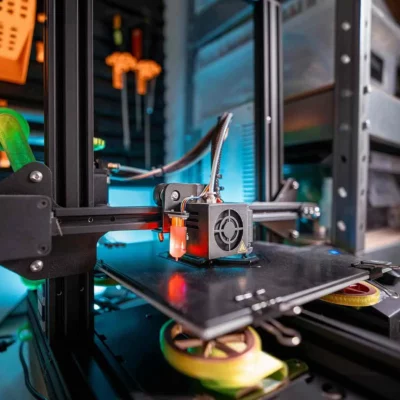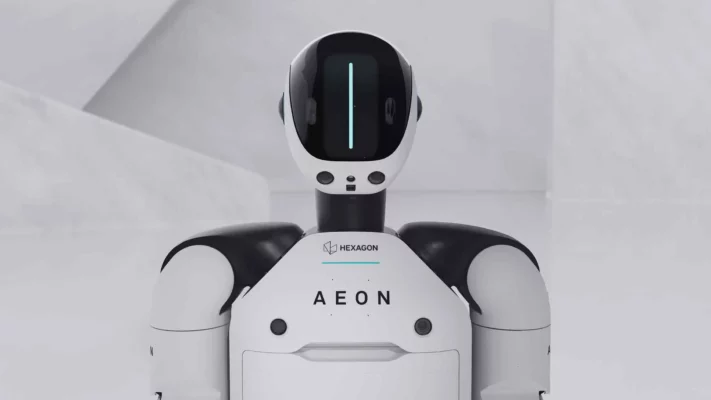Financing your robot solution is essential to making automation affordable for your business. Robotics is a big part of manufacturing today, and choosing the right financing option can help you manage costs better. Whether you plan to buy, lease, or pay only when you use the robot, understanding your choices will help you control expenses and get the most out of your investment.
This guide will explain the different financing options available so you can pick what works best for your needs and budget. Let’s find the right path to bringing automation into your operation.
1. Understanding the Cost of Robotic Solutions:
Breakdown of Costs:
When you’re looking into robotic automation, you need to know all the costs involved. The initial purchase price for an industrial robot typically ranges from $50,000 to $80,000. But that’s just the beginning. You also need to budget for software, installation, and training. These extras can push your total investment to around $250,000 or more, especially if your setup requires custom tools, safety systems, and programming.
Ongoing costs are also something to consider. In the first few years, maintenance might only cost you about $500 annually. But after four years, this can increase to $5,000 or more as components wear out. If your robot has been in service for 8-10 years, you might need to refurbish it, which could cost about half of what you initially paid.
You should also plan for hidden costs like downtime during setup, training your staff, and making adjustments to your current systems. These costs can add up and impact your return on investment (ROI).
Pricing Models:
- Traditional Purchase: Buying your robot outright gives you full ownership, but it requires a significant upfront investment. Over time, you might face higher maintenance costs, but you won’t have ongoing rental fees.
- Leasing: Leasing reduces your upfront costs and spreads payments over 3 to 7 years. This option is useful if you want to avoid large initial expenses and prefer the flexibility to upgrade at the end of the lease.
- Rental and Pay-per-Use: If your business has varying demand, renting or pay-per-use might be the best fit. This approach allows you to scale your automation as needed without long-term commitments and can lower your overall operational costs compared to manual labor.
By understanding these costs and options, you can choose the best financing method for your business needs and budget.
Looking for the best financing option for your robotics project? Get a cost estimate in under a minute with Qviro’s AI Automation Assistant, Alina. Whether you’re a small business exploring RaaS or a large enterprise considering green financing, Alina can help you make the right choice.
TRY ALINA NOW! IT'S FREE!
2. Financing Options for Robotic Solutions:
Leasing:
Leasing can be a smart choice if you want to automate without a large initial expense. By spreading payments over 3 to 7 years, you make it easier to manage your cash flow. Leasing also gives you the option to upgrade to newer technology at the end of the lease, keeping your operations up-to-date. However, leasing can cost more over time compared to buying outright, and you may face limitations on customizing the robot.
Rental & Pay-per-Use:
If flexibility is what you need, renting or pay-per-use models might work best for you. These options let you adjust your automation needs without a long-term commitment. For instance, OnRobot’s pay-per-pick model charges you only for the picks your robot makes, aligning costs with your production levels. However, rental costs can vary, and availability might be an issue when demand is high.
Outright Purchase:
Buying a robot outright means you own it fully, with no ongoing rental fees. This is beneficial if you plan to use the robot for many years and want to take advantage of potential asset depreciation. However, the initial cost is high, and you’ll be responsible for all maintenance. Brands like ABB and KUKA offer standard purchase options, with industrial robots starting around $50,000 to $80,000, not including integration and other setup costs.
3. Emerging Trends in Robotics Financing:
Robotics-as-a-Service (RaaS):
Robotics-as-a-Service (RaaS) is a subscription model where you pay only for the robotics you use. This model lowers your financial risks because you avoid a large upfront cost. Your expenses are more predictable, as the subscription typically includes maintenance and updates. RaaS is ideal for small and medium-sized businesses (SMEs) that want to scale automation without heavy financial commitments.
Flexible Financing:
Flexible financing lets you tailor payments to match your cash flow and operational needs. This can include pay-per-use models, where you only pay for the time the robot is in use, or hybrid models that mix leasing and RaaS. These plans are especially useful if your production levels change often, as they let you adjust costs to match your output.
Green Financing:
Green financing is focused on funding eco-friendly robotics. If your business is committed to sustainability, you might qualify for lower interest rates or government incentives. These options help you reduce costs while supporting environmentally responsible practices. For example, robots that use less power or are made from eco-friendly materials might be eligible for special financing that aligns with your sustainability goals.
4. Evaluating the Right Financing Option for Your Business:
Business Size & Budget:
Your company’s size and budget are critical in deciding the best financing option for robotics. If you run a small or medium-sized business (SME) with a limited budget, leasing or Robotics-as-a-Service (RaaS) might be more suitable. These options allow you to spread out costs, making it easier to manage expenses. On the other hand, if your business has a larger budget, buying the robot outright might make sense. Owning the equipment can save you money in the long run, especially if you plan to use it for many years.
Operational Needs & Scalability:
It’s important to match your financing choice with your business operations and growth potential. If your operations are stable and you expect steady growth, a long-term lease could provide predictable costs and financial stability. Established businesses often choose this route to maintain control over expenses. However, if your business is a startup or has variable production needs, RaaS or pay-per-use options might be better. These models let you scale up or down based on your needs without being locked into a long-term commitment.
Risk Management:
When evaluating financing options, consider the financial risks involved. Leasing and RaaS can reduce risks by eliminating large upfront costs and including maintenance and support in the package. This can help you avoid unexpected expenses. To manage risks further, look for flexible financing terms that allow adjustments based on your business’s performance. Pay-per-use models, for example, let you pay only for what you use, reducing your financial exposure during uncertain times.
Conclusion:
Choosing the right financing option is essential for successfully integrating robotics into your business. Whether you’re a small company considering Robotics-as-a-Service (RaaS), a mid-sized firm exploring hybrid models, or a large enterprise focusing on green financing, it’s important to match your choice with your budget and business needs. Take time to evaluate what you need and consult with financial experts to make the best decision.
